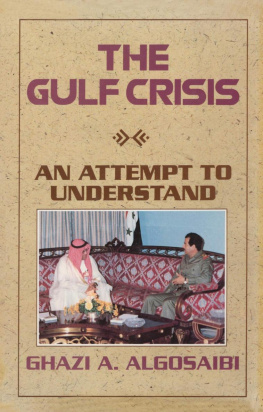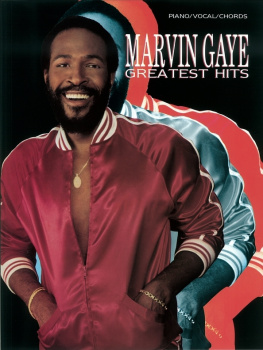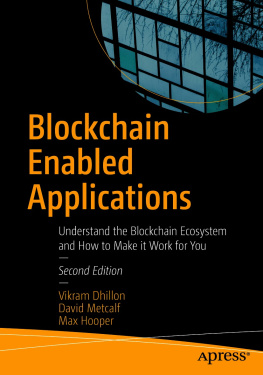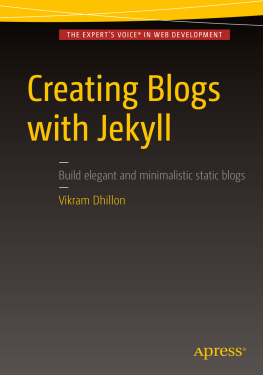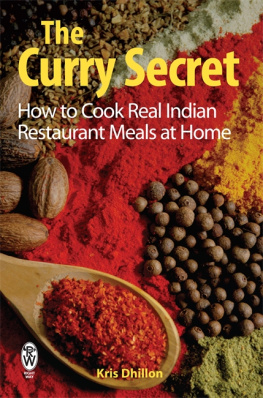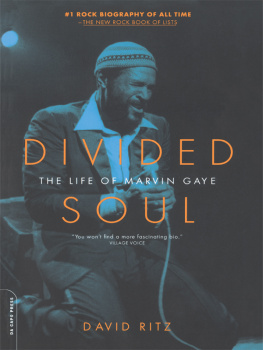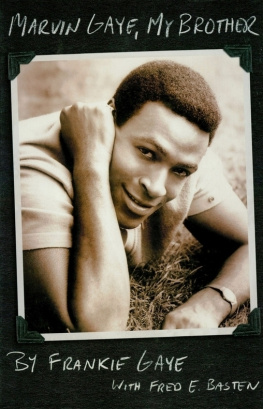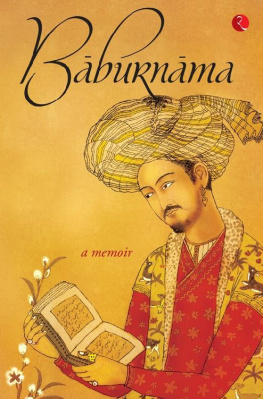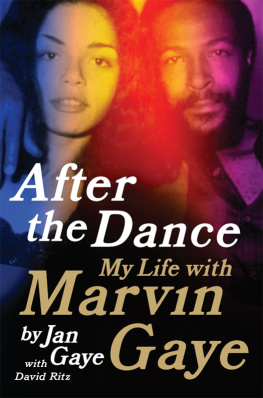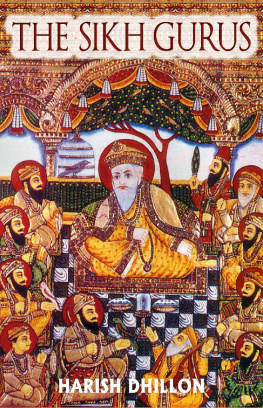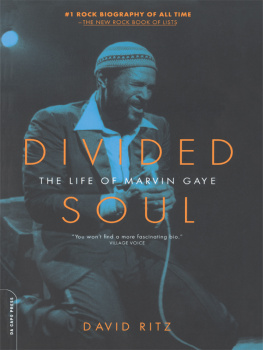K. J. S. Dhillon - Kitne Ghazi Aaye, Kitne Ghazi Gaye: My Life Story
Here you can read online K. J. S. Dhillon - Kitne Ghazi Aaye, Kitne Ghazi Gaye: My Life Story full text of the book (entire story) in english for free. Download pdf and epub, get meaning, cover and reviews about this ebook. year: 2023, publisher: Penguin Veer, genre: Non-fiction. Description of the work, (preface) as well as reviews are available. Best literature library LitArk.com created for fans of good reading and offers a wide selection of genres:
Romance novel
Science fiction
Adventure
Detective
Science
History
Home and family
Prose
Art
Politics
Computer
Non-fiction
Religion
Business
Children
Humor
Choose a favorite category and find really read worthwhile books. Enjoy immersion in the world of imagination, feel the emotions of the characters or learn something new for yourself, make an fascinating discovery.
- Book:Kitne Ghazi Aaye, Kitne Ghazi Gaye: My Life Story
- Author:
- Publisher:Penguin Veer
- Genre:
- Year:2023
- Rating:3 / 5
- Favourites:Add to favourites
- Your mark:
- 60
- 1
- 2
- 3
- 4
- 5
Kitne Ghazi Aaye, Kitne Ghazi Gaye: My Life Story: summary, description and annotation
We offer to read an annotation, description, summary or preface (depends on what the author of the book "Kitne Ghazi Aaye, Kitne Ghazi Gaye: My Life Story" wrote himself). If you haven't found the necessary information about the book — write in the comments, we will try to find it.
Kitne Ghazi Aaye, Kitne Ghazi Gaye: My Life Story — read online for free the complete book (whole text) full work
Below is the text of the book, divided by pages. System saving the place of the last page read, allows you to conveniently read the book "Kitne Ghazi Aaye, Kitne Ghazi Gaye: My Life Story" online for free, without having to search again every time where you left off. Put a bookmark, and you can go to the page where you finished reading at any time.
Font size:
Interval:
Bookmark:
KITNE GHAZI AAYE,
KITNE GHAZI GAYE
Lt Gen. K.J.S. Tiny
Dhillon (Retd)
KITNE GHAZI AAYE,
KITNE GHAZI GAYE
My Life Story
I dedicate this book to four generations of four wonderful women in my life: my grandmother, mother, wife and daughter; and our son.
I bow my head in reverence to the memory of, and moral values and teachings imparted by my maternal grandmother (Naniji), without whose care and fighting spirit I may never have become what I am today. Thank you, Bijee.
I also pay obeisance to the unmatched strength and courage of my mother, who inspired me throughout my personal and professional life. My mother may not have been physically present in my life, but the memory of her prowess has steered me through the toughest challenges and, time and again, honed me as a son, husband, father, soldier of the Indian Army and, above all, an Indian who was always taught to walk tall and fight hard for his motherland.
My wife, Nita, has especially been a pillar of strength and a constant companion over the last thirty-five years of our married life, supporting me through the most challenging times in this journey. Thank you, Nita, for being there, through the good and not-so-good times. You were my unshakeable pillar when everything around me was wavering.
And our daughter has been my biggest positive critic, from the way I dress to my choice of music to my (mis)pronunciation.
Last, but not least, I want to thank the bedrock of the family, our son, a quiet witness to all the momentous happenings in my life, who very rarely says anything, but when he does, his laconic comment, mast hai, conveys everything.

Inspired by the Fighting
Spirit of a Fearless Mother
Kitne Ghazi Aaye, Kitne Ghazi Gaye, this seminal phrase was first used during the press conference at Badami Bagh Cantonment, headquarters of the Indian Armys 15 Corps, on 19 February 2019, post the elimination of the Pakistani terrorist Kamran alias Ghazi of the proscribed terrorist group Jaish-e-Mohammed. The phrase has become synonymous with the valour of the Indian Armed Forces that have relentlessly combatedand continue to do so every daymany anti-India elements like the above-mentioned Pakistani terrorist, who masterminded the dastardly IED (improvised explosive device) attack on a convoy of Central Reserve Police Force (CRPF) personnel in Pulwama, Kashmir, on the fateful day of 14 February 2019. Ghazi, like many before him, was annihilated by the security forces within 100 hours of the barbarous incident engineered by him. But at a more synergistic level, this phrase succinctly articulates the trajectory of my life: a life lived in the constant shadow of uncertainty, with fearlessness and faith in the professional integrity of my soldiers and officers being the only imperative for survival.
I am told that the genesis of my boldness stemmed from my mothers womb, a mother whom I lost at the young age of three years, but who has intrinsically shaped my character, subconsciously guiding me in every endeavour throughout my chequered life as a soldier, husband, father and, above all, an Indian. She was always present in her absence. In early 1964, when my civil engineer father received a foreign deputation to Nepal immediately after his first posting in Lutyens Delhi, little would he have imagined what lay in store for him and his family. One of his morning strolls with my mother in the chilly Nepalese winter on 19 December 1964 ended in a lethal encounter with a wild animal, which ravaged my unsuspecting parents, inflicting heavy wounds on my father who was almost mauled to death by the beast. My father still carries the scars and paw marks of that misadventure on his wrist, ankle and neck. Even as he was helplessly looking death in the eye, the real hero of the incident was my mother, who, standing tall at 5 8, despite being grievously injured herself but unfazed by the savagery of the beast, managed to gather her wits and flung her shawl around its neck, wringing it mercilessly till she knocked the breath out of the animal. She thus saved her husband from certain death through her sheer pluck and courage. Both my parents were grievously injured, but while my father survived his wounds, life was not so kind to my mother. As she lay fighting for life in the hospital in a remote hamlet of Nepal, she was administered an injection that had travelled more than 100 km, all the way from Gorakhpur in Uttar Pradesh, in a flask that became contaminated due to storage under suboptimal temperature. My mother succumbed to the dual impact of her injuries and an infection on 20 January 1965, but her courage has lived on, earning her the moniker of Shermaar or lion-slayer. The day Ghazi was neutralized for perpetrating an assault on the protectors of our motherland thus inadvertently took me back to the day years ago when my mother too had faced a similar brutal attack. The memory of her courage lives on, constantly inspiring me to face the collective threat of all the Ghazis who have come and gone.

My mother, Jindaan, with my father, circa 1957
The roots of the phrase Kitne Ghazi Aaye, Kitne Ghazi Gaye lay in an incident of my childhood, the evocative memories of which take me back to my maternal uncles place in my home state of Punjab, where I spent all my formative years under the guardianship of my Naniji (my maternal grandmother), or Bijee as we all called her. One evening, my cousin and I, aged seven and nine years, respectively, after winning an intense game of marbles against a local lad called Jaggi, were ecstatic at defeating him but he refused to give us the marbles and was spoiling for a fight. Unwilling to get into any fracas with Jaggi, the bully, my cousin suggested that we should let the matter rest and quietly return home. However, I became adamant about retrieving the marbles, which were rightfully ours, egging my cousin on with the bluster, Kitne Jaggi aaye aur kitne Jaggi gaye. Eventually, we were victorious and left with both our property and pride intact. Like the incantation of Wordsworthian memory, it was perhaps this incident that subconsciously emerged from the recesses of my mind decades later in Pulwama, again impelling me not to retreat in the face of bullying, no matter how fearful or challenging the situation may be.

Bijee, my grandmother (Naniji) Sardarni Labh Kaur
There was more grief and drama in store in my eventful childhood. After my mothers demise, my father, having remarried, decided to stay on in Nepal and had two younger sons later, whereas my elder brother and I moved to live with Bijee and our maternal uncles in rural Punjab, visiting Nepal mostly during our school vacations. While the elder uncle was in the Army, the younger one joined the Border Security Force (BSF), and I used to watch both of them with awe and admiration as they donned their uniforms, which also sowed the seeds of my secret ambition to wear such a uniform one day. This desire was further reinforced as another tragedy shook my life yet again on 16 February 1974, merely nine years after the first one, when my elder brother, Jasbir Singh Dhillon, Lalli Veer as I used to call him respectfully, met with a fatal road accident as the scooter he was riding was hit by a truck. A 1969-make Seiko 5 watch that he was wearing on that fateful day fell off his hand during the evacuation to the hospital. This watch was found by an honest rickshaw-puller who brought it to our house the next day and handed it to me. I am wearing this watch till date and have always kept it in working condition even after fifty-odd years as a memento. Having lost both my mother and only sibling to violent deaths, I soon realized that the days of my carefree boyhood were over and I had to garner all my guts and gumption to fend for myself for the rest of my life. Notwithstanding the extreme love, affection and care of my Nani, maternal uncles and father, with the passage of time and encounters with the real world, this feeling crystallized into an intense solitude and self-dependence, and I found myself well and truly on my own, with no immediate family to fall back upon. As I grew older and more aware of lifes realities, there seemed no better place than the Army to shape the tragedies of my earlier years into the tenacity of a pucca soldier. The grit and determination to be utterly honest to my job while serving the nation without fear have characterized my entire career in the Army, with my seniors too at times admonishing me for taking too many risks. But that is who I am, and that is how my tale will unfold through the narrative of my experiences and escapades in the rest of the book.
Font size:
Interval:
Bookmark:
Similar books «Kitne Ghazi Aaye, Kitne Ghazi Gaye: My Life Story»
Look at similar books to Kitne Ghazi Aaye, Kitne Ghazi Gaye: My Life Story. We have selected literature similar in name and meaning in the hope of providing readers with more options to find new, interesting, not yet read works.
Discussion, reviews of the book Kitne Ghazi Aaye, Kitne Ghazi Gaye: My Life Story and just readers' own opinions. Leave your comments, write what you think about the work, its meaning or the main characters. Specify what exactly you liked and what you didn't like, and why you think so.


